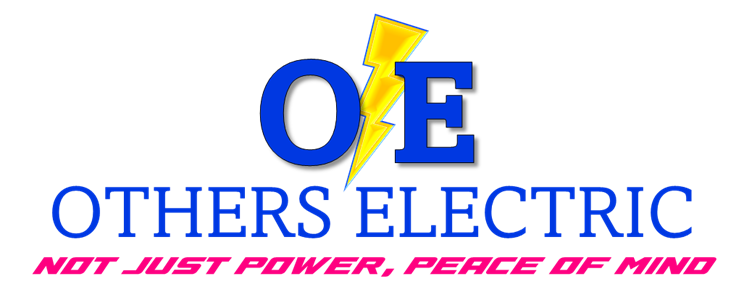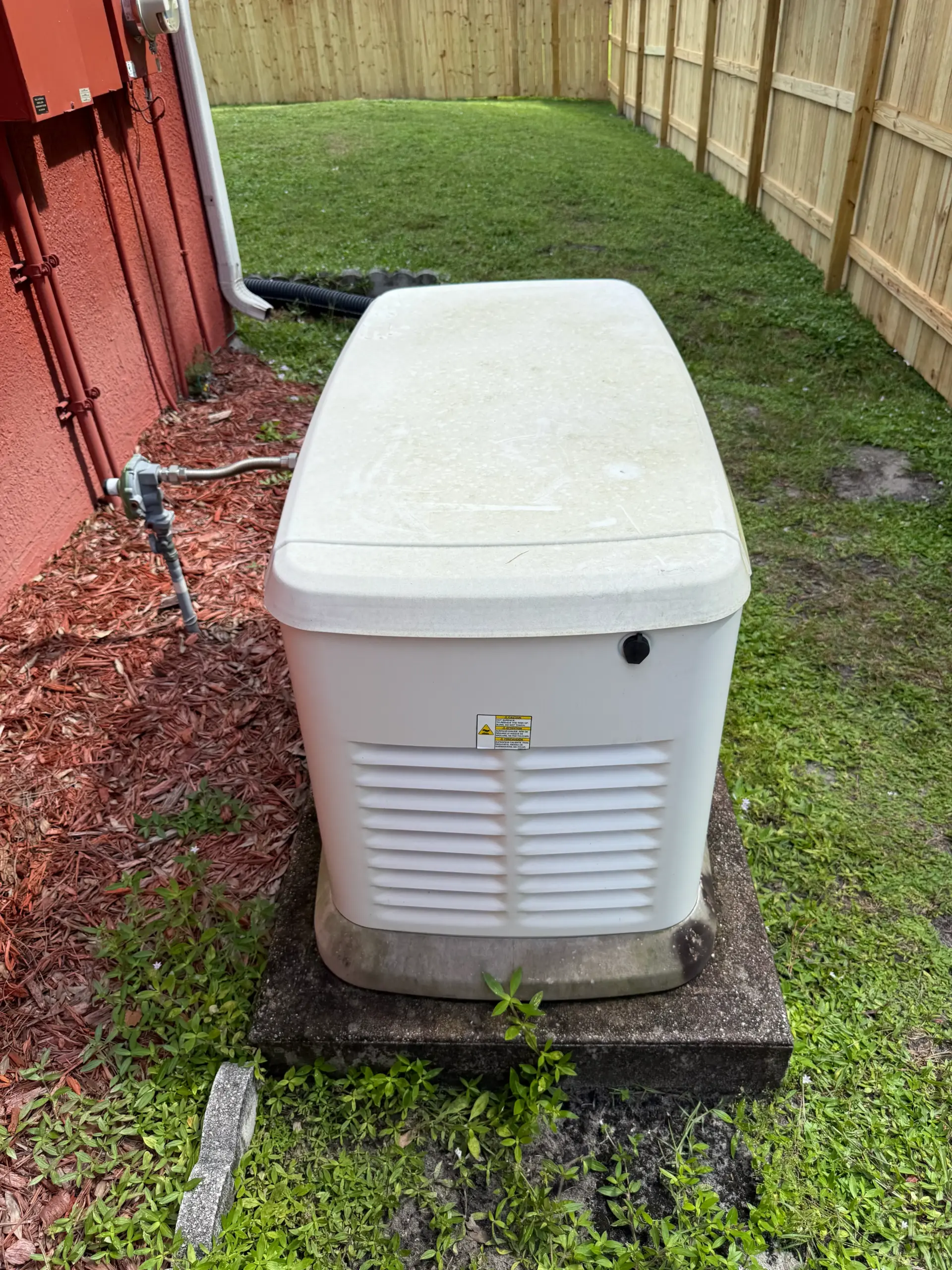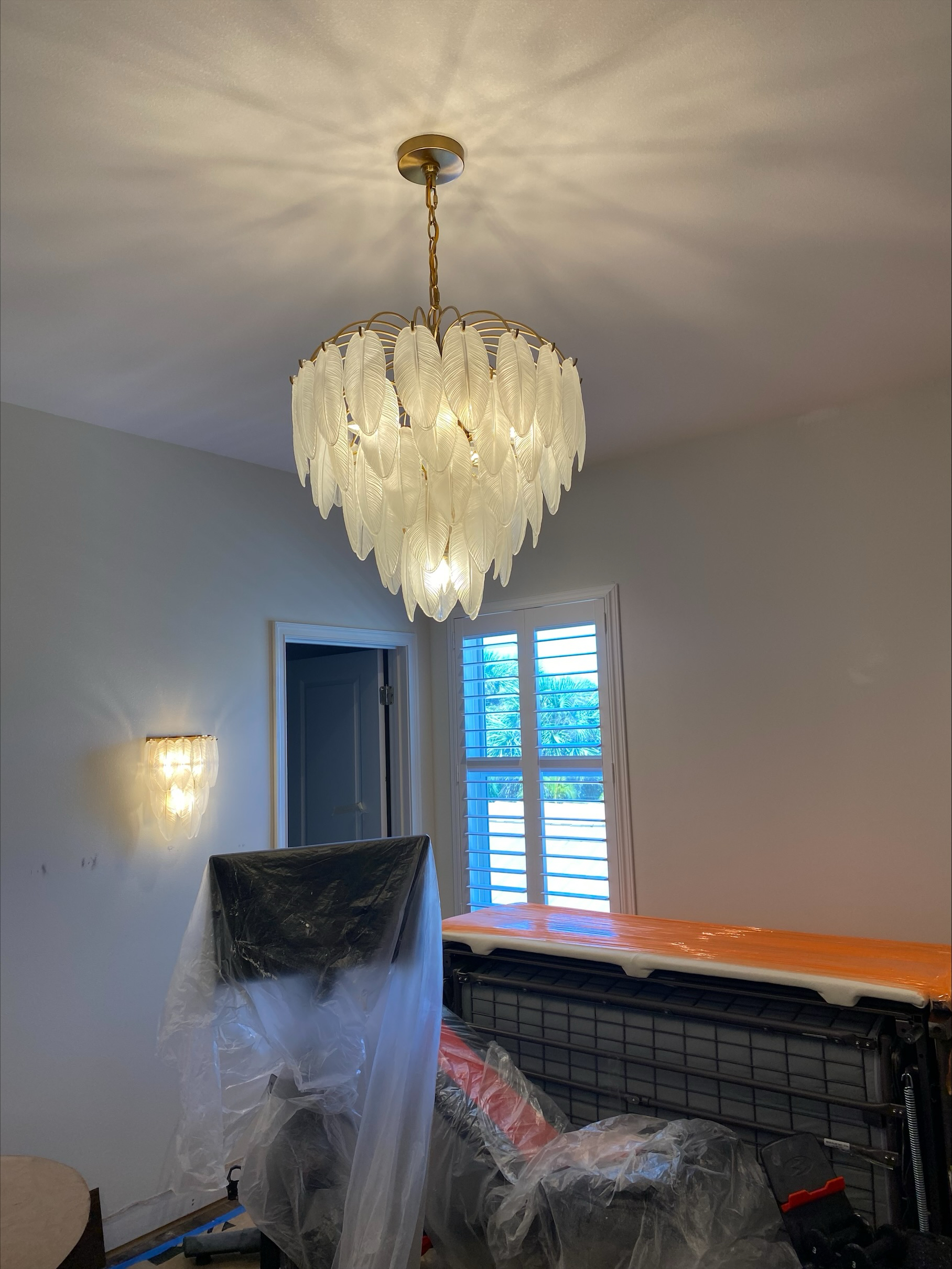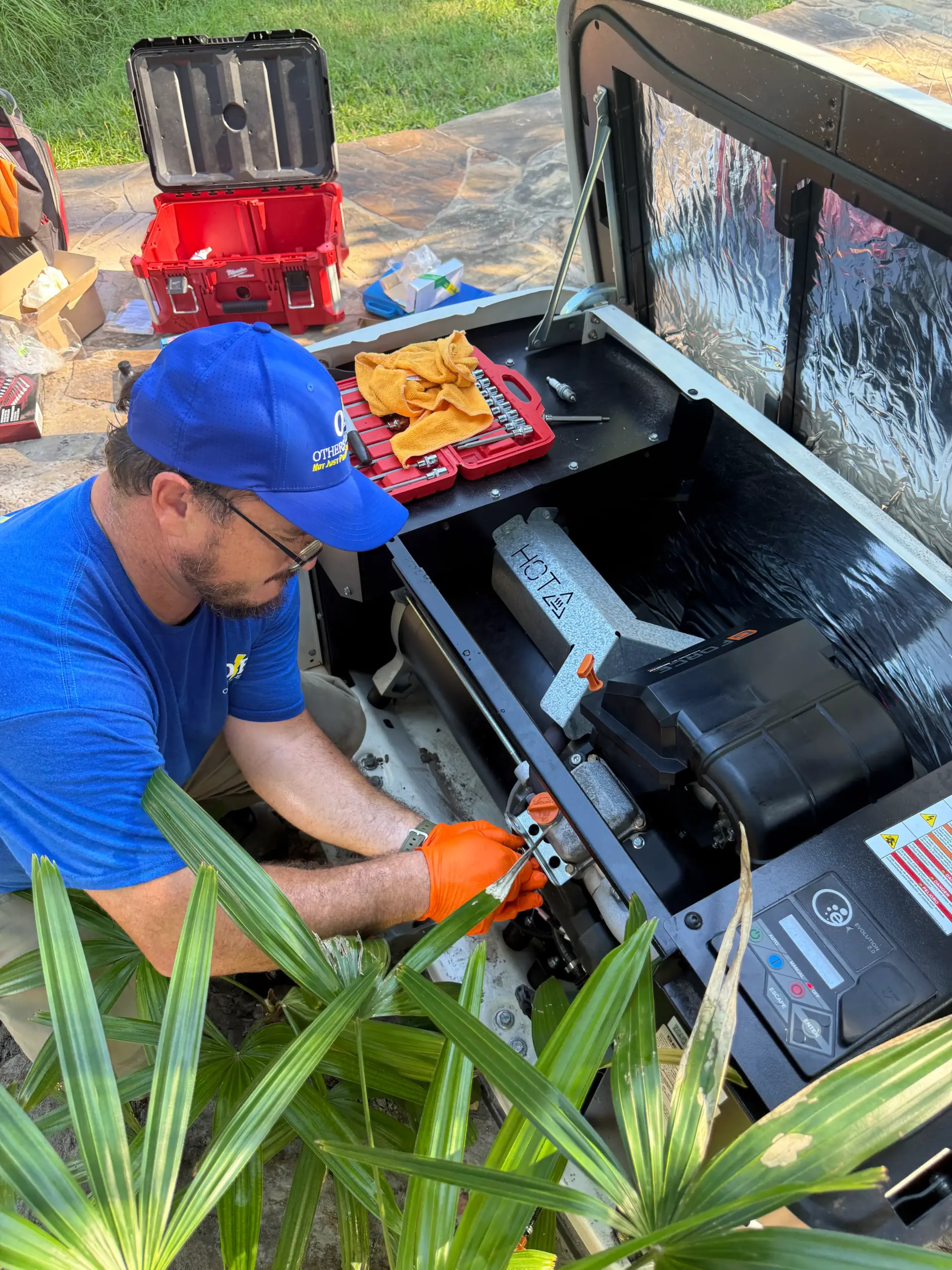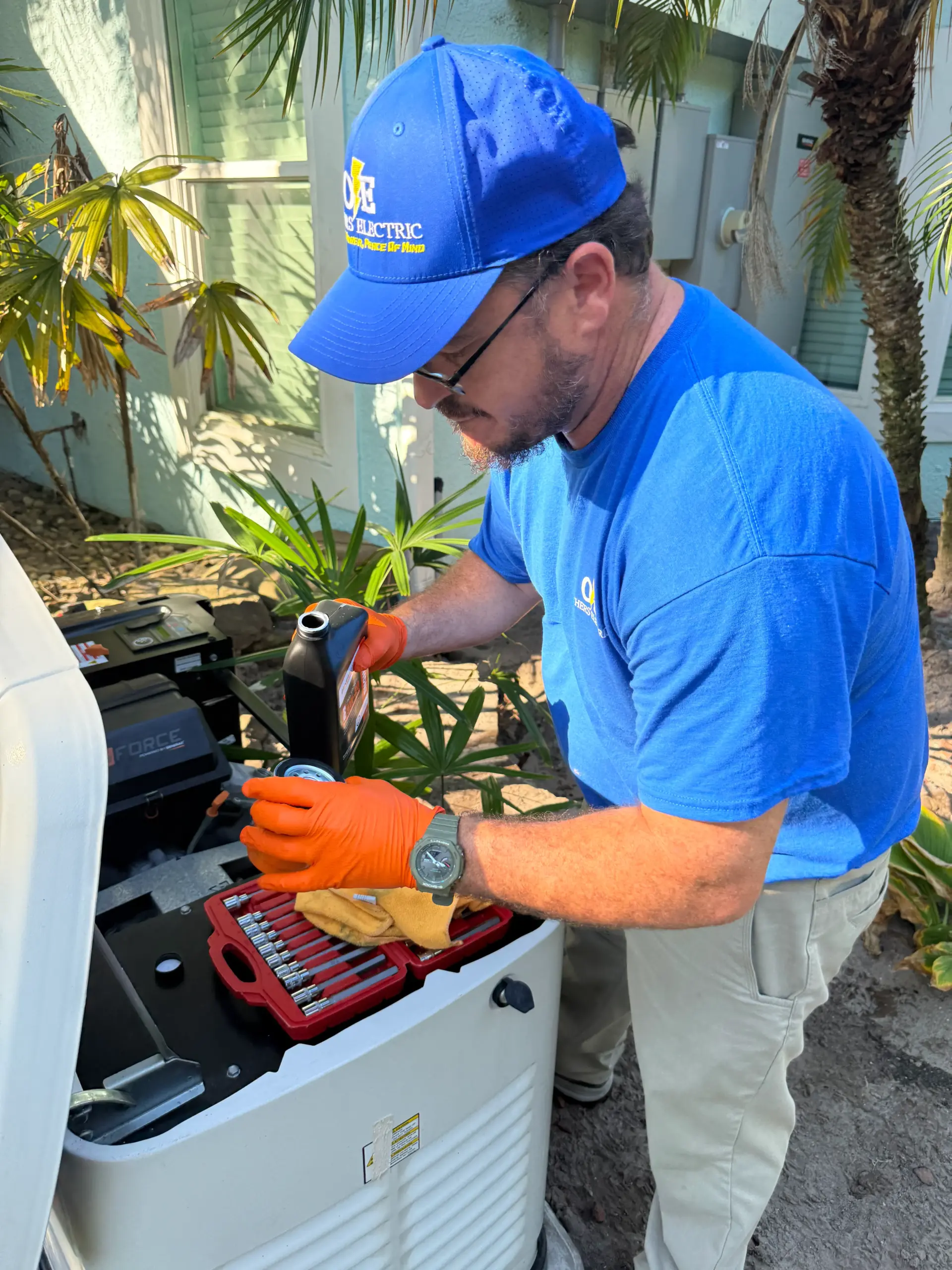Florida’s climate is shaped by more than sunshine and sea breezes. For much of the year, the state keeps one eye on the sky, anticipating the next storm system. With that comes a question Floridians ask with growing urgency each fall: when is hurricane season over? Understanding the official dates, the science behind storm patterns, and the electrical risks associated with hurricane season is not only practical—it’s essential to keeping homes safe and prepared.

Understanding the Hurricane Season Timeline
Hurricane season in the Atlantic officially begins on June 1st and ends on November 30th, as recognized by the National Hurricane Center. These dates encompass the majority of tropical cyclone activity affecting the Atlantic Ocean, Gulf of Mexico, and the Caribbean Sea.
However, the answer to “when is hurricane season over” is more nuanced than simply pointing to the calendar. While storms are less frequent in late November, hurricanes and tropical storms can form outside of the official season. Historical anomalies like Hurricane Alex in January 2016 prove that preparedness should not be bound strictly to these dates.

Florida’s Peak Risk Period
Florida, due to its geography, faces a disproportionate share of hurricane threats. The state’s highest likelihood of storm impact occurs from mid-August through late October, a period driven by warm ocean temperatures, favorable wind conditions, and atmospheric moisture.
This timeframe represents the heart of the hurricane season when major Category 3, 4, and 5 storms are most likely to form. When asking, “when is hurricane season over,” it’s important to recognize that risk doesn’t sharply end on November 30. Coastal residents are advised to maintain a state of readiness well into December.
Why Hurricanes Extend Beyond the Calendar
Tropical cyclones require warm water, moist air, and low wind shear to develop. As long as sea surface temperatures remain elevated, the potential for storm formation exists. Climate variability, including El Niño and La Niña patterns, also plays a role in altering seasonal storm behavior.
Recent years have seen a trend of extended hurricane activity, fueled by climate change. Warmer oceans, especially in the Gulf of Mexico and the western Atlantic, have provided the energy needed for storms to develop later in the year. This supports the argument that the question “when is hurricane season over” cannot always be answered definitively.
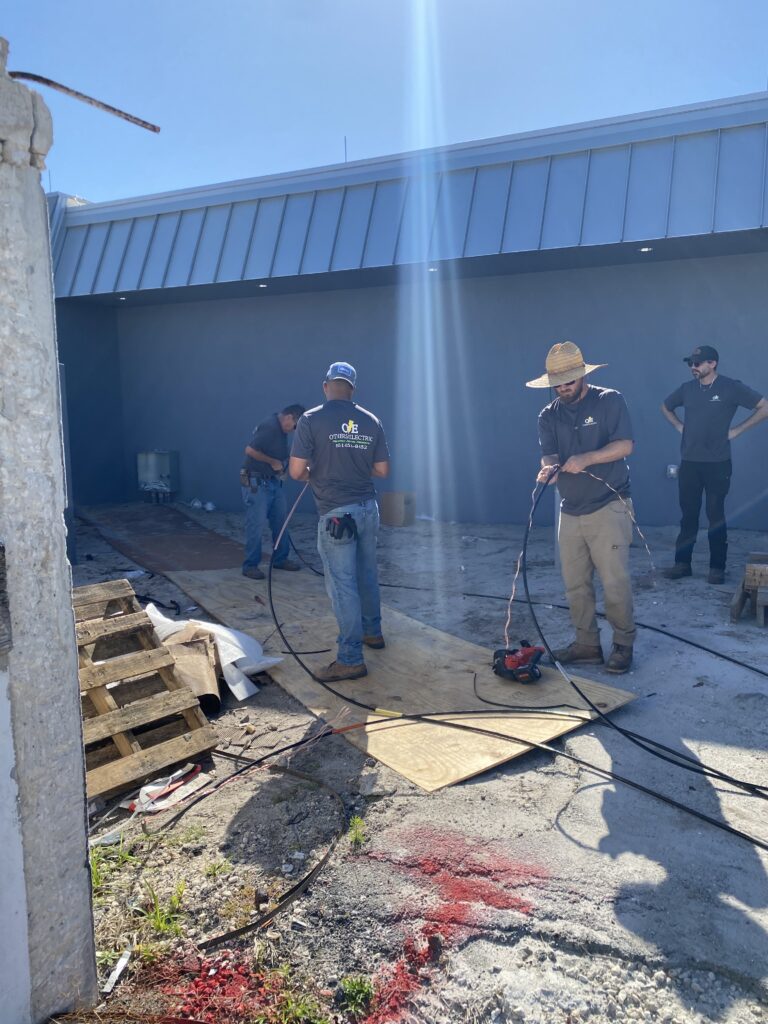
Electrical Risks During and After Hurricane Season
Hurricanes bring more than wind and rain—they pose major risks to residential and commercial electrical systems. Flooded panels, downed power lines, and saltwater intrusion can cause shorts, fires, and long-term damage. Even after the winds subside, electrical hazards may remain hidden inside walls, outlets, and breaker boxes.
Florida homeowners often experience prolonged outages due to storm-related damage to the grid. During these outages, surge events and voltage irregularities can compromise appliances and electronics.
At Others Electric, we specialize in post-storm electrical inspections and repairs. From restoring service safely to installing whole-house surge protection, our licensed electricians help homeowners recover with confidence.
Post-Hurricane Electrical Precautions
Understanding when hurricane season is over helps with planning—but safety should extend beyond the last official storm alert. Electrical systems need careful inspection even after minor storms. Moisture trapped in panel boxes or underground conduit can lead to dangerous corrosion over time.
The Electrical Safety Foundation International (ESFI) recommends professional assessments before re-energizing power following water damage. Additionally, portable generators must be used with proper transfer switches to prevent backfeed into the grid—a leading cause of post-storm fatalities.
Whole-home surge protectors, GFCI outlets, and elevated panel installations are also encouraged in flood-prone areas.
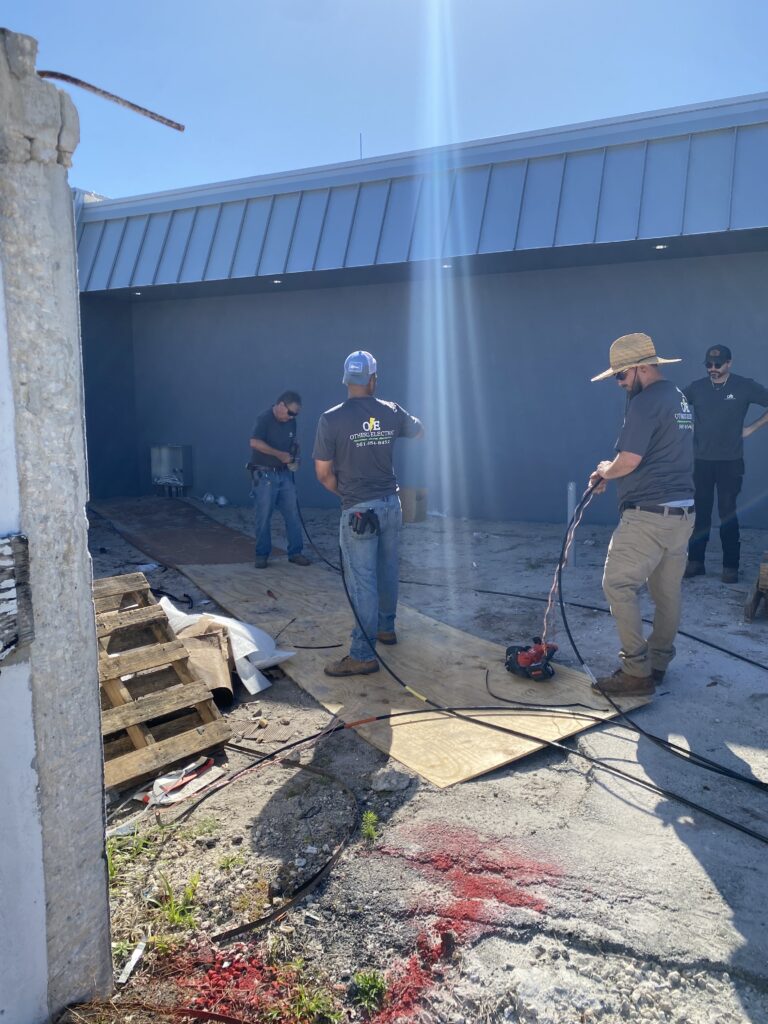
Insurance and Regulatory Considerations
Many home insurance policies include specific clauses tied to hurricane season. Knowing the official end date—November 30—helps homeowners time coverage changes or prepare documentation in case of claims.
The Florida Division of Emergency Management (FDEM) offers storm recovery checklists and encourages residents to remain alert well beyond the close of the season.
Utility companies also follow seasonal guidelines for maintenance, vegetation trimming, and grid inspections. Being aware of these protocols can help homeowners communicate more effectively with providers when issues arise post-storm.
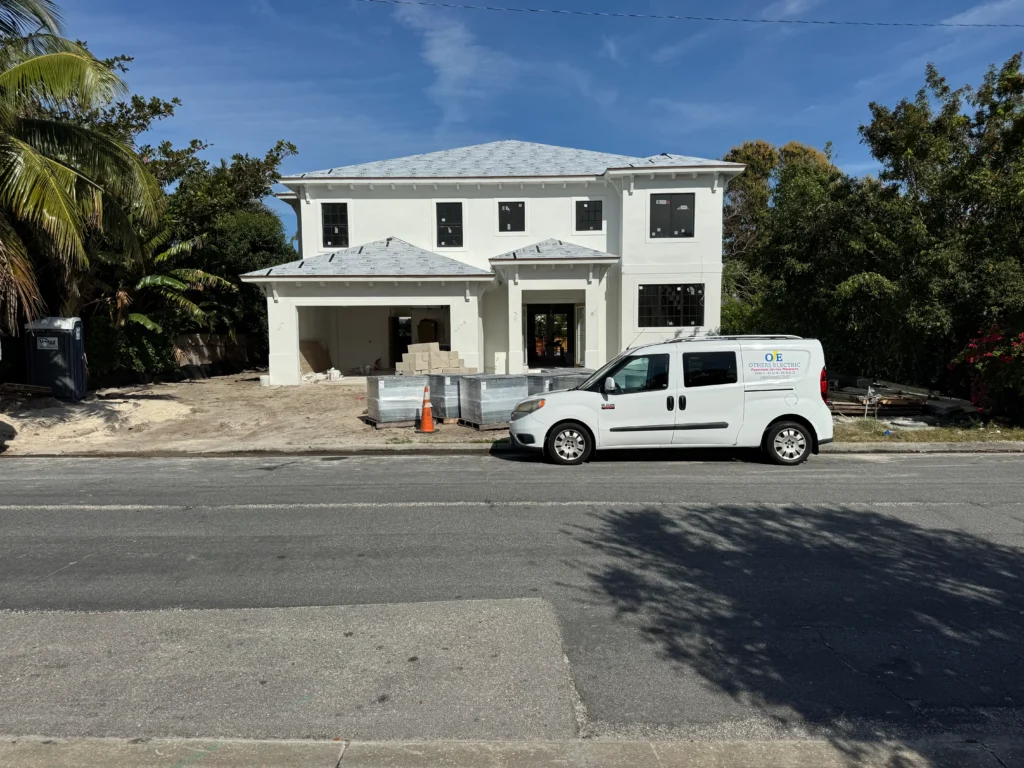
Preparing for an Uncertain Future
The growing unpredictability of hurricane activity has many experts calling for a longer watch window. NOAA researchers have explored shifting public messaging to reflect year-round vigilance, especially as rapid intensification events become more common.
Florida residents should begin preparing in spring, update emergency kits mid-season, and maintain electrical system readiness year-round. Recognizing that hurricane season doesn’t adhere perfectly to the calendar encourages better planning, safer living, and fewer disruptions to daily life.
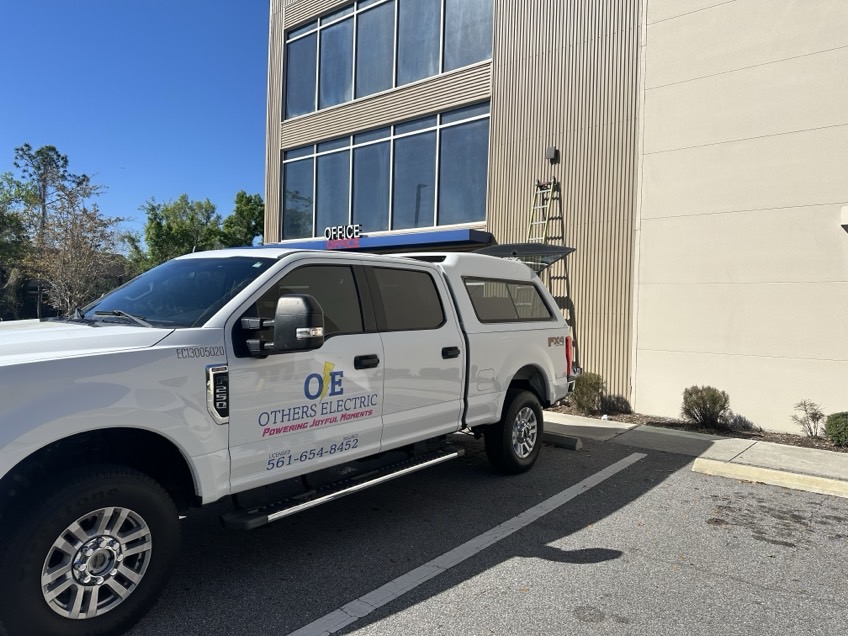
Conclusion
So, when is hurricane season over? Officially, November 30th marks the end—but weather doesn’t always follow the rules. While storms are less likely as winter approaches, vigilance must remain high until conditions stabilize. In Florida, where the climate supports extended tropical activity, preparation and electrical safety are ongoing responsibilities.
If you’re unsure whether your home’s electrical system is hurricane-ready or you need a post-storm inspection, the team at Others Electric is here to help. For further storm safety resources, visit ESFI and FloridaDisaster.org.
